In 2023 we grew more than 2500 lbs of food in about 5265 square feet.
This is less space then many backyards.
We accomplished this feat on land we just began to work, without any help from fruit trees or existing crops. If we could do this on a brand-new garden – what could be done on a long-term space?

Years ago, I interviewed the Helvenston’s – a couple growing food in the city. Instead of being praised, they were harassed!
We need to change our mindset.
We regularly read about how we don’t have enough farmland… yet we have tons of land being intensively managed for lawns and landscaping that could easily be converted to food production.
What Could Be Grown in a Small Yard? South Florida Edition
Down in South Florida, millions of people live in a climate that is wonderfully suited to massive food production. Rainfall is good and freezes are incredibly rare.
Coconut palms and mangoes grow readily and can basically be ignored after planting.
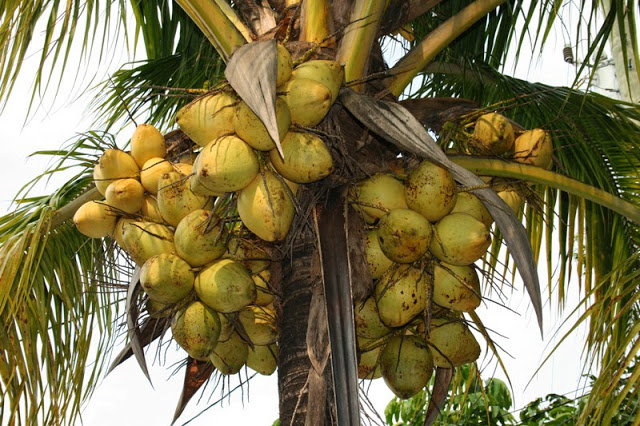
Yet yard after yard is covered in St. Augustine grass and ornamental landscaping, with the occasional inedible palm or toxic oleander.
Billions are spent on keeping up appearances, with elaborate sprinkler systems and ChemiGrass services coming by to spray poisons and fertilizers on the grass, and expensive lawn crews wheeling about on zero-turn mowers.
The owners of these artificial ecosystems spend their cash on their lawns and ornamentals, then go to the grocery store and spend lots more money on their produce.
Those payments could be consolidated if they only thought it through!
You have a tropical rainforest climate – why not use it?
Why not plant tamarind and starfruit, cassava and yams, bananas and plantains, acerola cherries and ice cream bean trees, sweet potatoes and dasheen?
Most of these are so easy to grow that it’s almost embarrassing.
You could be eating fresh organic food from your backyard on a daily basis for little more work than taking care of your worthless patch of St. Augustine grass.
South Florida could feed itself, but instead, it imports almost all of its food. Even small spaces can be very productive.
I’m not talking about trying to grow a raised bed full of lettuce. I’m talking about growing with the climate and planting the plants that love the sand, the heat and year-round growing.
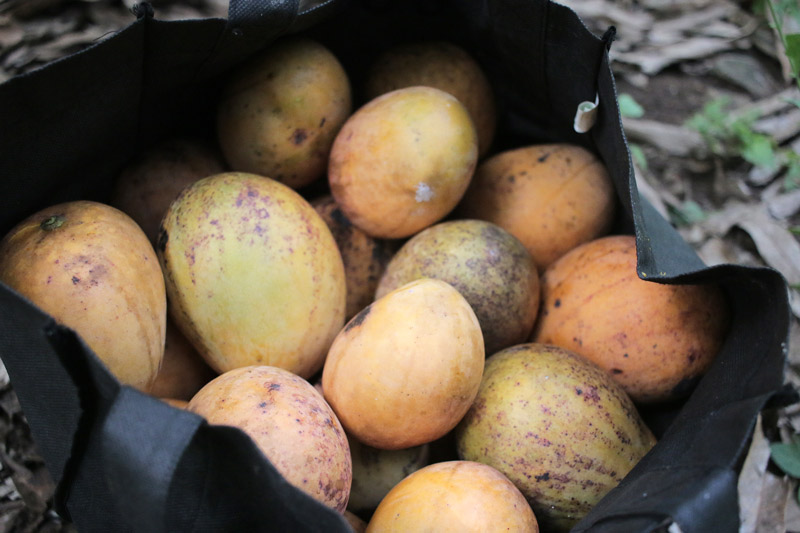
I mention South Florida because it is familiar to me and it’s easy to imagine what could be done there, because I’ve done it, in The Great South Florida Food Forest Project.
What About Home Food Production In the Rest of the United States?
South Florida is by no means is it the only place that you can grow most of you local food in an urban setting.
Many communities in the United States are built on what once was prime farmland, later parcelled off and sold to developers. The ugly suburban sprawl of Laverne, Tennessee consists of endless stick built homes, covered with cheap vinyl siding, selling for far too much money due to the proximity to Nashville.
Yet if you bought one of these houses much of the soil beneath your feet is excellent for all kinds of crops.
Potatoes, sweet potatoes, corn, cabbages, not to mention chestnuts, mulberries, persimmons, pears, pecans, peaches, plums, apples, and blueberries.
Our two medium sized pear trees in Tennessee produced a hundred and fifty-three hundred pounds of fruit per year between the two of them, in perhaps six hundred square feet of space.
They grew beside the road at the edge of our property, and needed almost no care.
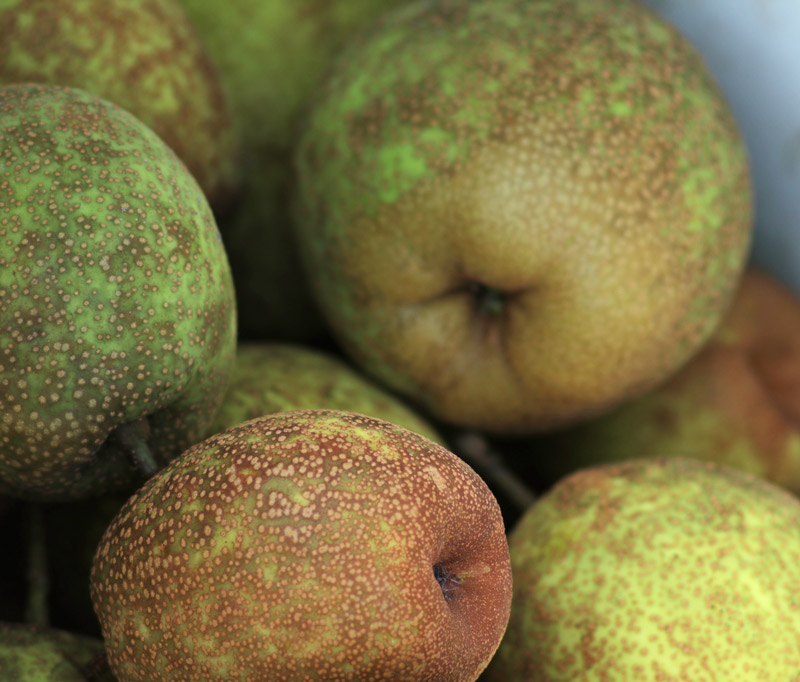
Why plant inedible ornamentals when you could plant food?
If you have less time, plant perennials, and especially trees, if you have more time, add annuals, if we put the same amount of effort growing food that we put into lawns and landscape, we could eliminate a large portion of our grocery bill. There isn’t a lack of land, there is a lack of will.
Your Yard Should Be an Asset, Not a Liability!
We no longer view the soil, particularly urban and sub urban soil, as an asset.
Our yards are liabilities.
Gardens and fruit trees are assets.
We have been trained to consume, not to produce.
We are big babies, suckling at the corporate teat.
Starting a garden or orchard is almost free, especially if you start from seed, barter for plants, or beg for cuttings.
I once took a cutting from a friend’s fig tree and rooted it. Two years later it was as tall as me and producing figs. Ten years later, it’s still producing figs.
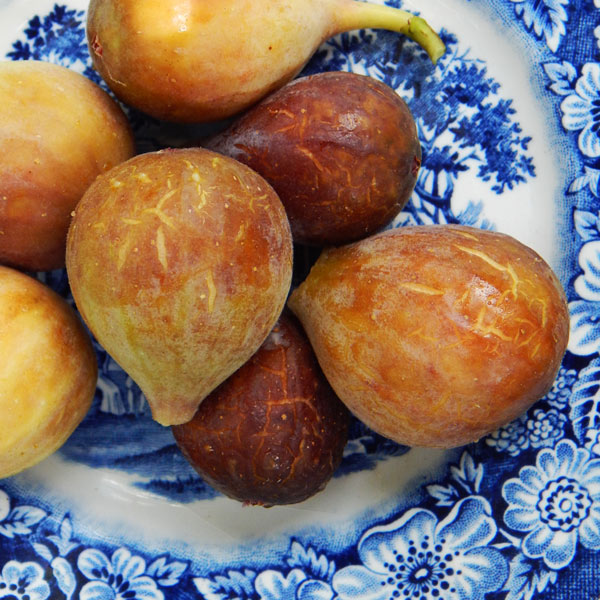
Can you see how the soil is an asset?
If there is a societal break down, or even just some cracks in the thousands of miles of supply lines required to stock your local piggly wiggly, the lawn people are gonna be hungry.
People have all sorts of excuses as to why they don’t plant food.
Family-Based Agriculture is the Bedrock of Society
Modern Americans are fundamentally disconnected from the entire history of the human race. Agriculture is the bedrock of civilization, alongside the family unit. A man, a woman, their children and a piece of land for growing food. That’s the fundamental unit right there.
There will be a point when the current rich consumerist, modernist, individualistic paradigm will fail and local, family and community agriculture will reassert itself.
Now is the time to fill our backyards – and even front yards – with food so that we don’t have to scramble later.
And even if it takes a hundred years for the current system to fall, what do you have to lose?
You gain homegrown apple pie and roasted chestnuts.
And who knows? Maybe the ChemiGrass guy will get a job planting urban orchards.

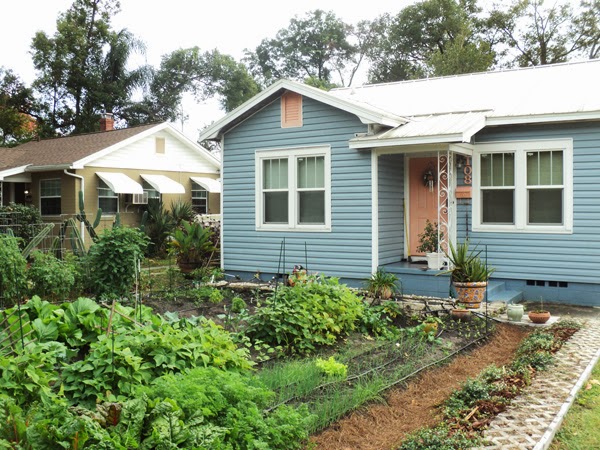
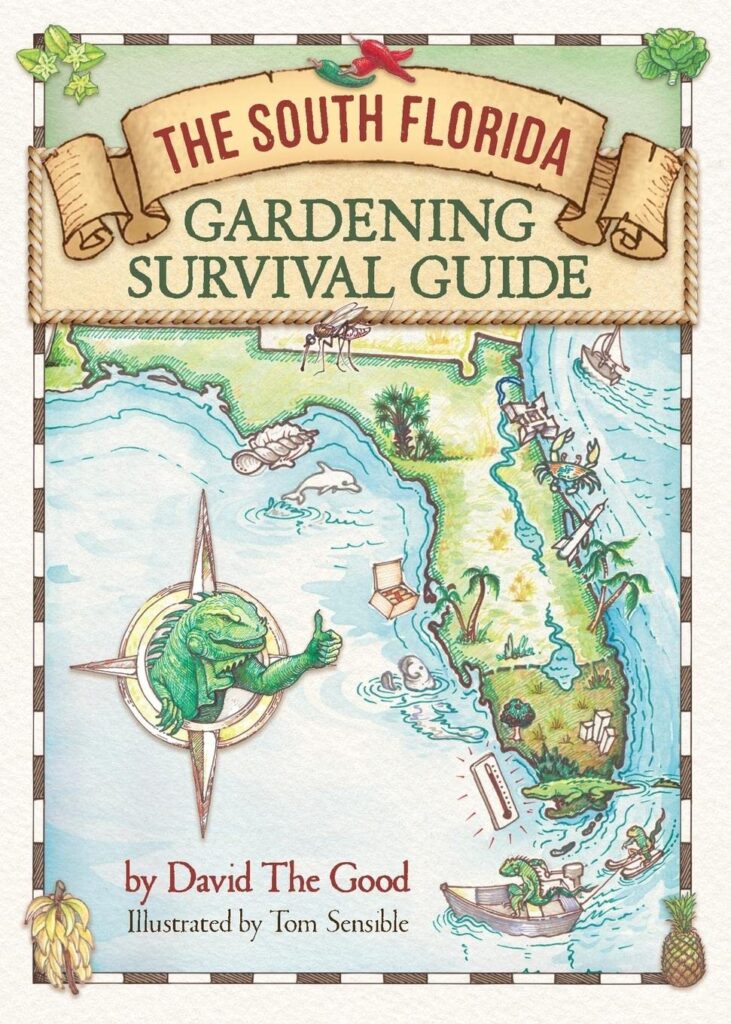
8 comments
Unfortunately this is spot on, most people in my generation have zero connection to the land. Some of them don’t even touch grass. Luckily I’ve woken up and I’m starting to plant edible landscaping.
Good work. One person at a time!
My Great-Grandfather was a gardener and raised cows. My grandparents and my parents did not. Two generations were skipped before me. But my children all know how to grow food.
Yes – Kill your lawn! Plant edible and medicinal plants instead.
An additional comment:
Yes, everyone who can – people who have suitable land or access to same – should plant edible, medicinal, or otherwise useful crops instead of lawn grass that is addicted to chemicals. This would increase food security, improve people’s health, and have many other benefits.
But now let’s assume that everyone who could, in fact replaced their chemical-addicted lawns with edibles, and ask: What gardening/farming style and methods would they need to use? Would it be sustainable on a large scale?
The most common organic gardening practices involve importing large volumes of organic matter from outside the property, for compost and mulch. (In other words, massive volume of external inputs are required for the garden.) If everyone is trying to do this there won’t be enough organic matter. Most organic gardening methods also involve approved-for-organic gardening chemical inputs (yet more external inputs). So the 2nd question – most organic gardening methods are in fact not sustainable on a massive scale – i.e., “everyone”. More precisely, the approach is limited in scale.
Regarding the first question: What might work on a massive scale, is people improving their soil via cover crops (which could be tilled under or cut down and left in-place as mulch), using JADAM/swamp water/compost tea, making your own pesticides – JADAM recipes or grinding up certain plants (garlic, which also keeps vampires away :-) ) and using water extracts of those as pesticides.
This post may be controversial. I live in a suburban area and have no shredder, so rely on small yard waste (oak leaves, grass clippings, pulled weeds: no big branches and no wood chips) from my neighborhood to make compost and for mulch. I estimate that I collect 70-80% of all the suitable yard waste from an area the size of 4 city blocks, for my gardens. If everyone in my area started to garden, then the yard waste inputs would not be available, and I would have to fall back on other methods (as described above).[Or I might have to get a shredder and start using wood chips – and I am not a fan of wood chips – too slow to decay, I prefer leaves.]
If anyone is upset by this comment: relax. I plan to continue to use my neighbors yard waste for compost and mulch as long as it is available. It gives me great veggies and fruits. But if enough of my neighbors do start to use their yard waste to make compost and mulch, then I may – in the future – have to change my gardening style, or seek external inputs form other sources.
A great book on this topic is the Independent Farmstead by Sean and Beth Doherty. They go through one particular way to do relatively input free farming. But it does involve a bit more property with grass and ruminants. Its a very beautiful way to cycle your nutrients on a farm. I’m sure its not the only way, but it does give a good thought to the topic you are raising in this comment. At the same time, I think if people just gardened period using whatever they could find that would be a huge step forward. I think using what you have at hand while searching and experimenting with ways you can provide for yourself on your own property/farm is a great way to bridge that gap. Seems to be the process that DTG uses. And have fun with it. It can be easy to get caught up in a purity spiral of wanting to cycle those nutrients perfectly. Perfection can be the enemy of the Good. Maybe not David the Good, he seems pretty perfect. But us other folks… haha
Great article! So true! I think and hope many are starting to wake up. Everyone is feeling inflation right now and just think if you invested in planting and growing your own food at the start of it! That could have been a 30-40% investment return depending on what you eat and what you grew. Everyone should want that stock on Wall Street!
God has made food to be ABUNDANT and practically Free! When I give away more than we can eat from our backyard, I am more Thankful than when receiving.
Comments are closed.